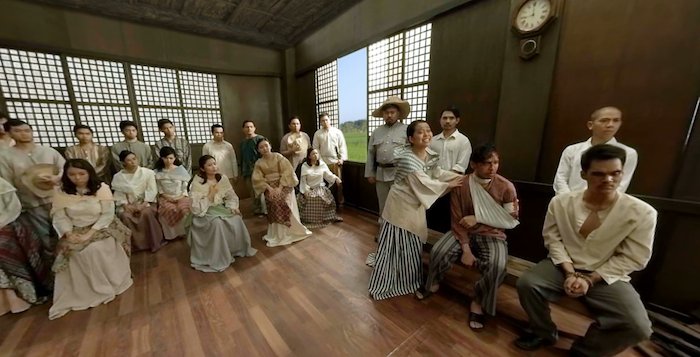Learning about history became even more exciting and immersive at Ayala Museum after they launched their new 360-degree virtual reality (VR) diorama on Tuesday.
The diorama features key events in the Philippines’ history, specifically those involving national hero Andres Bonifacio and the republic’s controversial first president Emilio Aguinaldo.
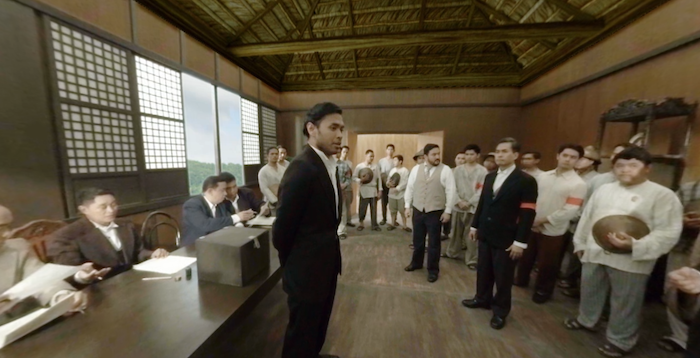
The VR will bring guests to scenes from four key events which led to the Philippines’ independence from Spain in the 19th century: the cry of Pugad Lawin, which marked the beginning of the Philippine revolt; the Tejeros Convention, regarded as the first presidential election in the country’s history; the trial and execution of Bonifacio; and the declaration of independence in 1898.
This is not Ayala Museum’s first VR diorama. Last year, they introduced one where guests were transported to the execution of national hero José Rizal in Bagumbayan (now Rizal Park).
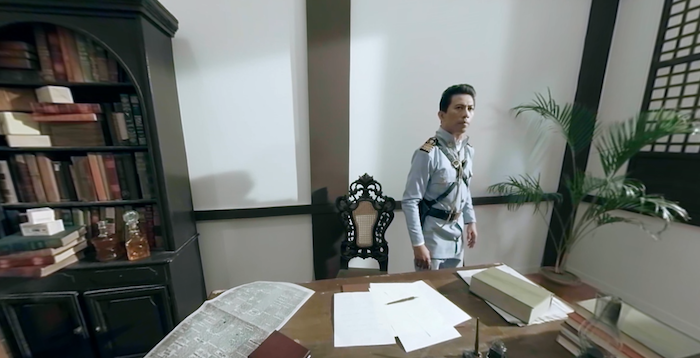
The museum’s senior marketing associate Spike Acosta said that no separate fees will be charged for using the VRs, which promise to give guests an immersive experience.
He told Coconuts Manila in an e-mail interview: “Unlike watching it on screen or on-stage which gives [a person] the sense that they’re viewing from a distance, [a] 360-degree VR gives an immersive experience, putting the viewer in the moment as it is happening. [It] makes the viewer a part of history. They are not merely watching [it].”
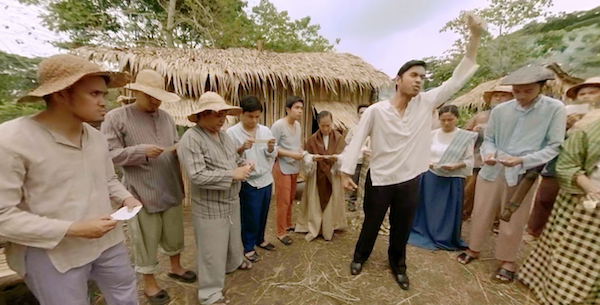
Prominent historian Ambeth Ocampo served as the production’s consultant.
Said Acosta: “He was there to make sure that we were as close to the factual events as possible. As with all films that tell a story, it involves creative license. However, Ambeth [Ocampo] set the parameters so that the historical accuracy is still maintained.”
The VR was developed by I Am Cardboard, the same team which developed the Rizal VR.
In an interview via Facebook Messenger Ibba Bernardo, the chief executive officer of the company, said the new VR was “10 times” more advanced than the Rizal VR. They even coded a custom software for this VR.
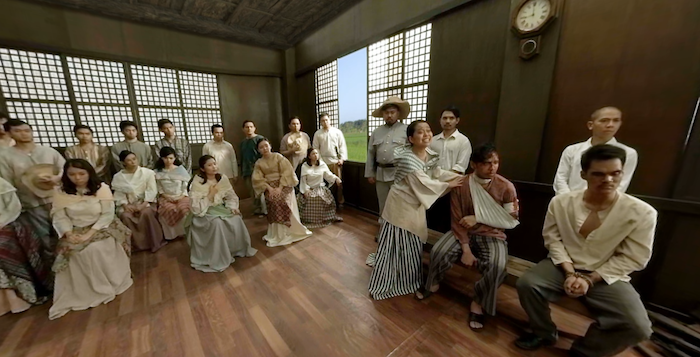
“Everything we did was bleeding edge. There is no guidebook, YouYube video, [or] course anywhere that we could tap. The camera was [even] brand spanking new,” he said.
He described the VR as an “Ambisonic production.”
He said: “This basically means the audio is spacial and adjusts with the immersive image.”
Confusing? Here’s how it works. He said: “[I]n a VR when you look around you, the image moves. So when you look [to the] left, you see what’s on your left. And when you [look to the] right, you see what’s on your right [but] the sound is usually stereo and static. It’s always oriented the same way.”
But things change in a 360-degree Ambisonic production. “If there’s someone talking on the left and you start turning [to the] right, the volume [of the sound coming from the left side] changes. We needed a special mic just [to do] that.”
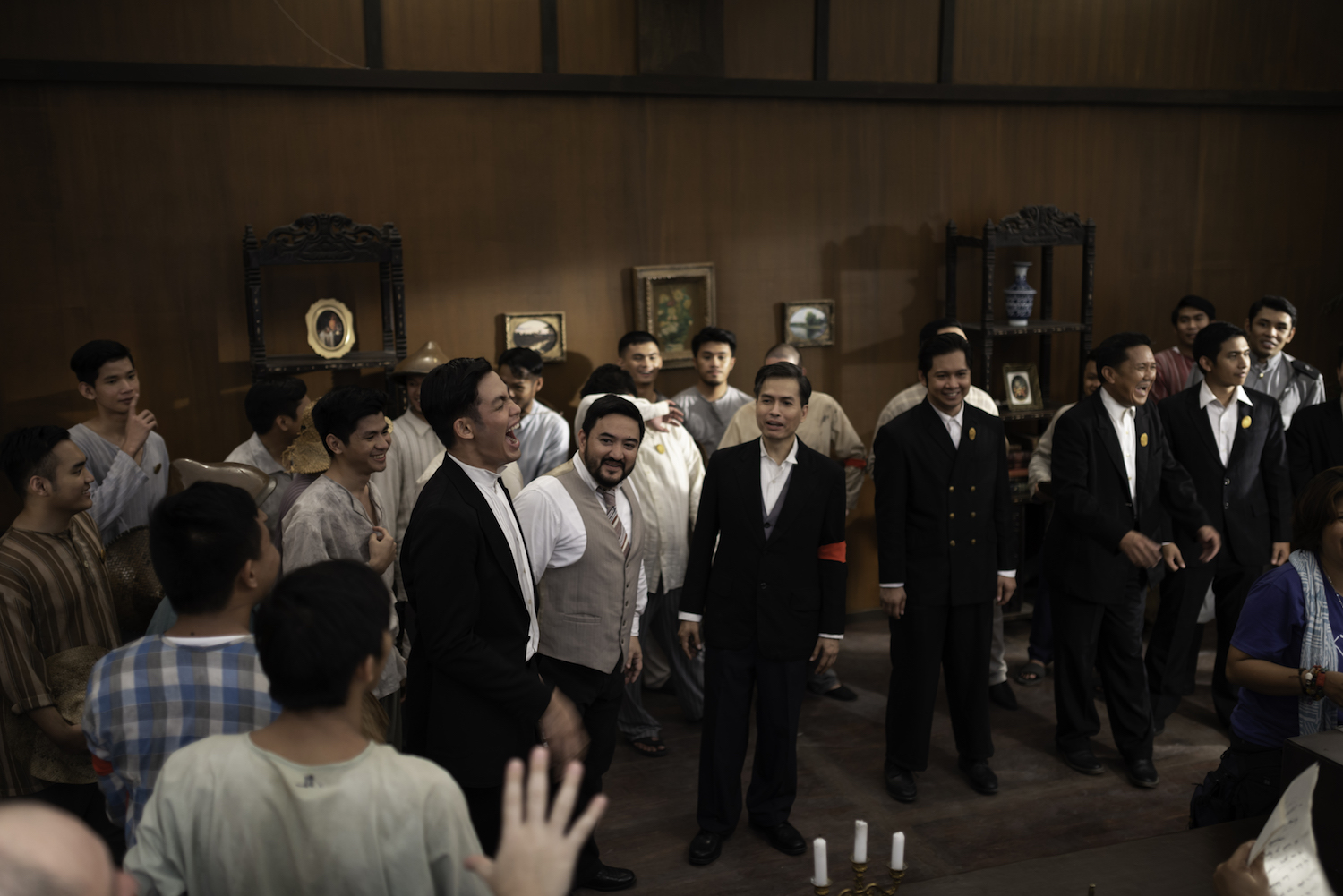
The production, which took eight months, was hampered by the inclement weather. Instead of shooting on-location, they shot inside a green screen studio based in the province of Rizal.
“We built a house, then coz of the weather we had to tear it down and rebuild it in the 360-degree green screen studio!” he shared.
One of the biggest in Southeast Asia, the studio measures around 1,000 square meters and about six stories high, according to Bernardo.
All scenes were shot in 8k resolution while creating the computer graphics took several days.
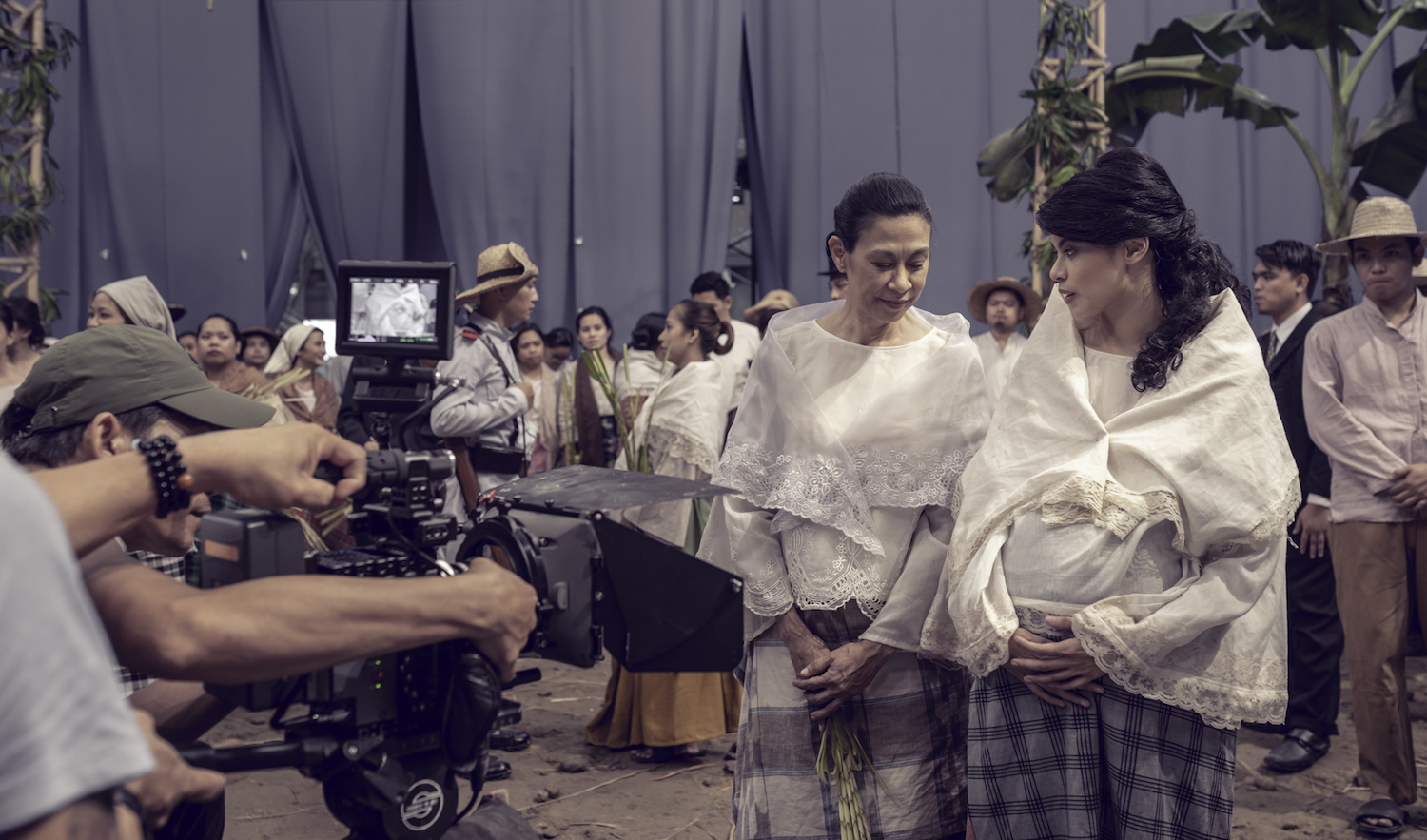
He said the VR is starkly different from regular video.
“It’s different from a normal video [because] you can cut and move to another angle. Here if you do that it breaks the reality, so it’s one long take. [P]otentially everyone here is the star because you can’t force the viewer to watch one person.”
“Telling a story for a normal screen and telling one in 360-degree [VR] is very different. We had to create 360-degree storyboards. We invented our own.”
Bernardo said they “lucked out” with the 500-man team, which, aside from Ocampo, also included scriptwriter Leigh Reyes, the president of advertising agency MullenLowe Philippines.
Bernardo said that this VR happens to be his company’s biggest project to date. “We’ve been around for over 3 years and [we] are a [global] Google partner. We’ve shot all over the world. But [we’ve done] nothing on this scale with this kind of impactful story telling.”
